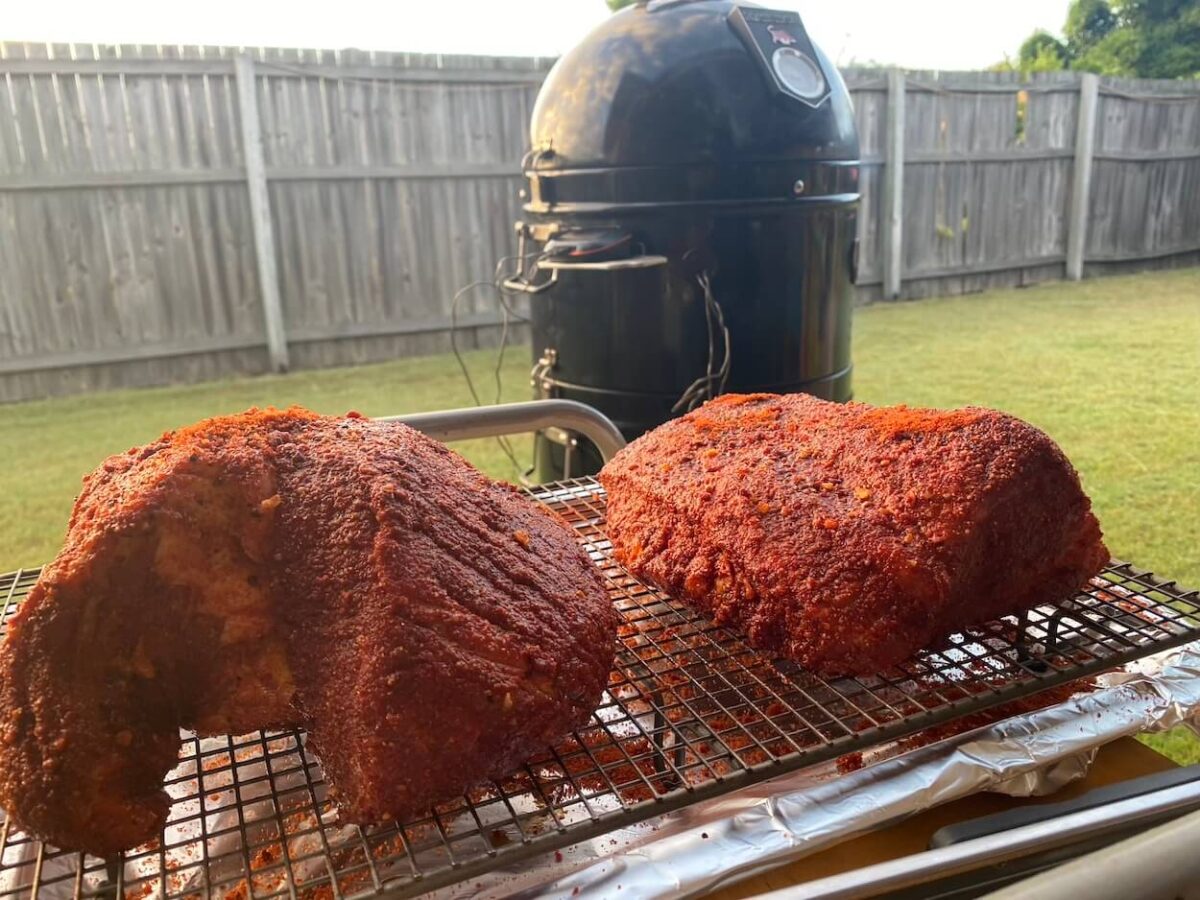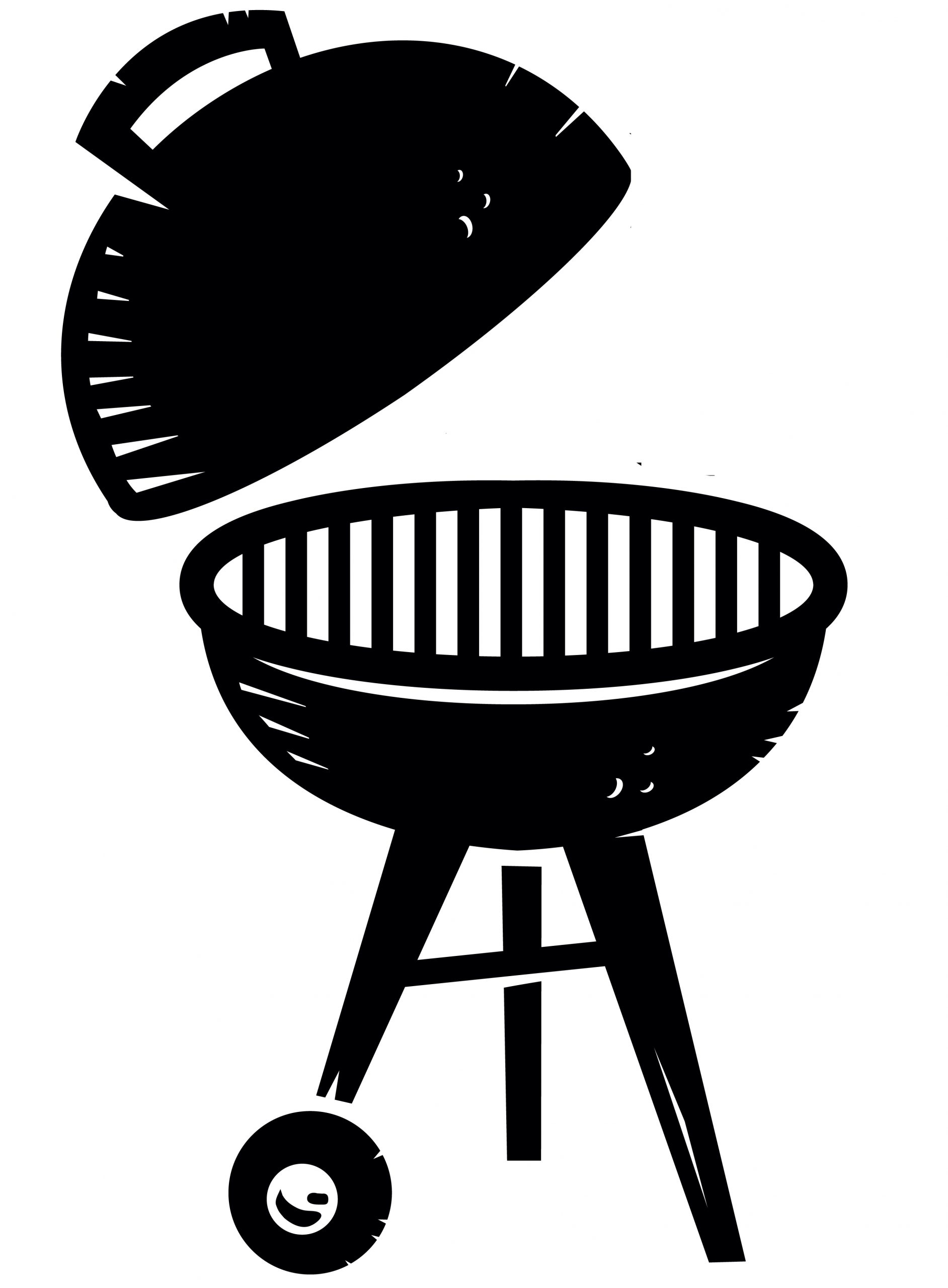Barbecue braising is a transformative cooking method that merges the intense sear of grilling with the tender results of slow-cooking. This two-step technique begins by searing meat over high heat to lock in juices and develop a smoky crust. The second phase involves slow-cooking the meat in a flavorful liquid like broth, beer, or marinade, ensuring it stays moist and tender. Perfect for cuts like brisket, pork shoulder, and ribs, barbecue braising offers a flavorful twist to traditional grilling.
Why Choose Barbecue Braising Over Classic Grilling?
While grilling focuses on high heat and speed, barbecue braising provides a depth of flavor and tenderness that grilling alone can't achieve. Here's why it's worth a try:
- Tenderizes Tough Cuts: Collagen-rich cuts like brisket and ribs become melt-in-your-mouth soft.
- Enhances Flavor: The braising liquid infuses the meat with complex, aromatic notes.
- Keeps Meat Juicy: Moisture from the liquid ensures the meat remains succulent.
- Offers Versatility: Suitable for various proteins and even vegetables, this method opens up endless culinary possibilities.
Essential Ingredients for Perfect Barbecue Braising
Mastering barbecue braising starts with selecting the right ingredients. Here's what you need to know:
Choosing Your Meat
Opt for cuts with ample connective tissue and fat content, as these break down beautifully during slow cooking:
- Brisket: Ideal for long, slow cooking, offering dense, beefy flavor.
- Pork Shoulder: Rich in fat and collagen, yielding luscious results.
- Short Ribs: Packed with robust, beefy taste, perfect for braising.
- Chicken Thighs: Their higher fat content ensures they remain juicy.

The Braising Liquid
The liquid is the flavor foundation of barbecue braising. Consider these options:
- Beer or Ale: Adds depth with a hint of bitterness, especially for pork and beef.
- Wine: Red wine pairs beautifully with beef, while white wine complements chicken.
- Broth: A versatile base for savory, well-rounded flavors.
- Vinegar: Apple cider or balsamic vinegar provides a tangy balance.
- Barbecue Sauce: A classic option for a sweet and tangy finish.
Aromatics and Spices
Elevate your braising liquid with these flavorful additions:
- Onions and Garlic: Create a savory base.
- Herbs: Thyme, rosemary, and bay leaves add depth.
- Spices: Paprika, cumin, chili flakes, and black pepper bring warmth.
- Sweeteners: Brown sugar or molasses contributes a subtle caramelized note.

Step-by-Step Guide to Barbecue Braising
Follow these steps to achieve perfectly braised barbecue:
Step 1: Preheat and Sear
Heat your grill to 400–450°F and sear the meat for 5–10 minutes on each side to form a flavorful crust.
Step 2: Prepare the Braising Liquid
Combine your chosen liquid with aromatics and spices in a heat-safe pan. Simmer the mixture to blend the flavors.
Step 3: Slow-Cook on the Grill
Transfer the seared meat to a covered pan or foil pouch and pour in the braising liquid to cover halfway. Place the pan on the cooler side of the grill at 300°F and cook slowly for several hours until the meat is tender.
Step 4: Final Searing and Glazing
Remove the meat from the braising liquid and sear it over direct heat for 5–7 minutes. Brush on barbecue sauce to create a caramelized finish.
Step 5: Rest and Serve
Let the meat rest for 10–15 minutes before serving to redistribute its juices and maximize tenderness.
Advanced Tips for Perfecting Barbecue Braising
Enhance your barbecue braising game with these pro tips:
Double Braising for Maximum Flavor
After the initial braise, strain and reduce the liquid to concentrate its flavors, then braise the meat again for an intensified taste experience.
Smoke-Enhanced Braising
Add soaked wood chips (like hickory or applewood) to your grill after searing. This step imparts an authentic smoky flavor to the meat during the slow-cook phase.
Pre-Braising Dry Rubs
Apply a spice rub before braising to layer on additional flavors. A mix of salt, pepper, paprika, and brown sugar creates a sweet-and-spicy crust.
Monitor Temperature and Timing
Maintain a steady grill temperature between 275°F and 300°F. Use a thermometer to ensure precision and prevent undercooking or overcooking.

Conclusion: Transform Your Barbecue with Braising
Barbecue braising elevates your grilling experience, combining the best of high-heat searing with the tender results of slow cooking. This technique allows you to create flavorful, fall-apart meats that are sure to impress. Whether you’re hosting a family cookout or competing in a barbecue contest, this method will set your dishes apart. Fire up your grill and start experimenting with barbecue braising to unlock a new dimension of flavor and texture.
